Complete Guide to Low-Bay Warehouse Construction
Learn about low-bay warehouse construction, their benefits, and differences from high-bay construction warehouses. Find the optimal storage solution for your business.
Low-bay warehouses construction are becoming a popular choice for many businesses seeking efficient storage solutions. With its unique characteristics, this type of warehouse offers various advantages, especially in terms of lighting and inventory management.
This article will discuss in depth the concept of low-bay warehouses, their benefits for business operations, and their differences from high-bay warehouses.
From improved safety to energy efficiency, you will gain comprehensive insights to understand why low-bay warehouses can be the right choice for your storage needs.
1. What is a Low-Bay Warehouse Construction?
A low-bay warehouse construction is a type of storage facility designed with relatively low ceiling heights, typically between 3 to 8 metres. This structure differs from high-bay warehouses which have heights of more than 10 metres. Low-bay warehouses are generally used to store various types of goods in smaller quantities or for operations that require quick and easy access to inventory.
The main characteristic of low-bay warehouse construction is efficiency in the use of horizontal space. Although not as tall as high-bay warehouses, low-bay warehouses maximise floor area for storage and operational activities. This structure is suitable for businesses that have a high variety of products but in smaller quantities per type.
Storage systems in low-bay warehouses usually consist of standard racks or floor storage systems. These racks are designed for easy manual access or using standard forklifts. The aisles between racks are generally wider compared to high-bay warehouses, allowing for easier and more flexible movement.
Lighting becomes a crucial aspect in the design of low-bay warehouses. With lower heights, light distribution is easier to manage to reach all areas of the warehouse. This allows for the use of more efficient and energy-saving lighting systems.
Ventilation and temperature control are also easier to manage in low-bay warehouses. The smaller air volume allows HVAC systems to work more efficiently, maintaining optimal air quality and temperature for goods storage and worker comfort.
In terms of construction, low-bay warehouses are generally simpler and require lower initial investment compared to high-bay warehouses. Foundations and roof structures do not need to be designed to withstand as heavy loads as high-bay warehouses, although they still must meet the necessary safety and strength standards.
Low-bay warehouse operations rely more on human labor and conventional material handling equipment such as forklifts and pallet jacks. This provides flexibility in inventory management and allows for quick adaptation to changing business needs.
Although vertical storage capacity is limited, low-bay warehouses offer advantages in terms of inventory accessibility and visibility. This is very beneficial for operations that require fast and frequent item retrieval, such as in the retail or distribution industry with high inventory turnover.
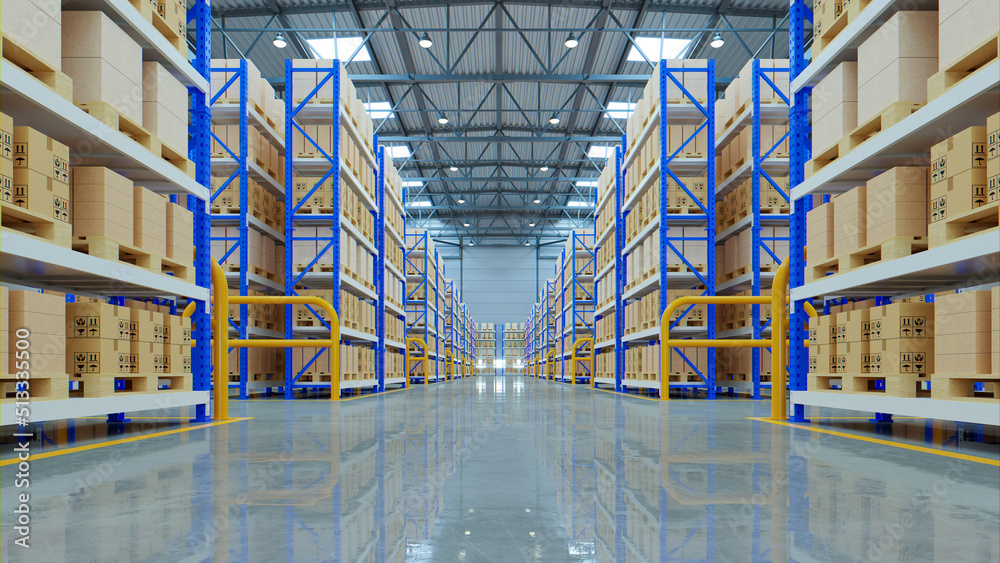
2. Benefits of Implementing Low Bay Warehouse Lighting
Implementing the right lighting system in low-bay warehouses provides various significant benefits for business operations and efficiency. Here’s a detailed explanation of its main advantages:
Improved Safety
Good lighting in low-bay warehouses is crucial for worker safety. With even light distribution and appropriate intensity, the risk of workplace accidents can be significantly reduced. Critical areas such as aisles, loading/unloading areas, and work zones become more visible, allowing workers to move and operate more safely. Good lighting also helps in identifying potential hazards such as liquid spills or floor obstructions.
Increased Productivity
Optimal lighting has a direct impact on worker productivity. With better visibility, workers can perform their tasks faster and more accurately. Item picking, quality inspections, and packaging activities become more efficient. Additionally, good lighting reduces eye fatigue for workers, allowing them to work longer without significant performance decline.
Reduced Energy Costs
Modern lighting systems for low-bay warehouses, such as LEDs, offer much higher energy efficiency compared to conventional lighting systems. Although the initial investment may be higher, long-term energy savings can be very significant. Smart lighting technology that uses motion sensors and automatic scheduling can further reduce energy consumption, resulting in substantial operational cost savings.
Enhanced Inventory Management
Good lighting plays an important role in effective inventory management. With better visibility, stock counting processes, product identification, and quality inspections become more accurate. This reduces errors in item picking and helps in maintaining more precise inventory records. Good lighting also facilitates the implementation of technology-based inventory management systems such as barcodes or RFID.
Improved Work Environment
Good lighting contributes to creating a more positive work environment. Sufficient and even light can improve workers’ mood and alertness, reducing stress and improving morale. A brighter and more pleasant work environment can help in employee retention and create a more productive overall work atmosphere.
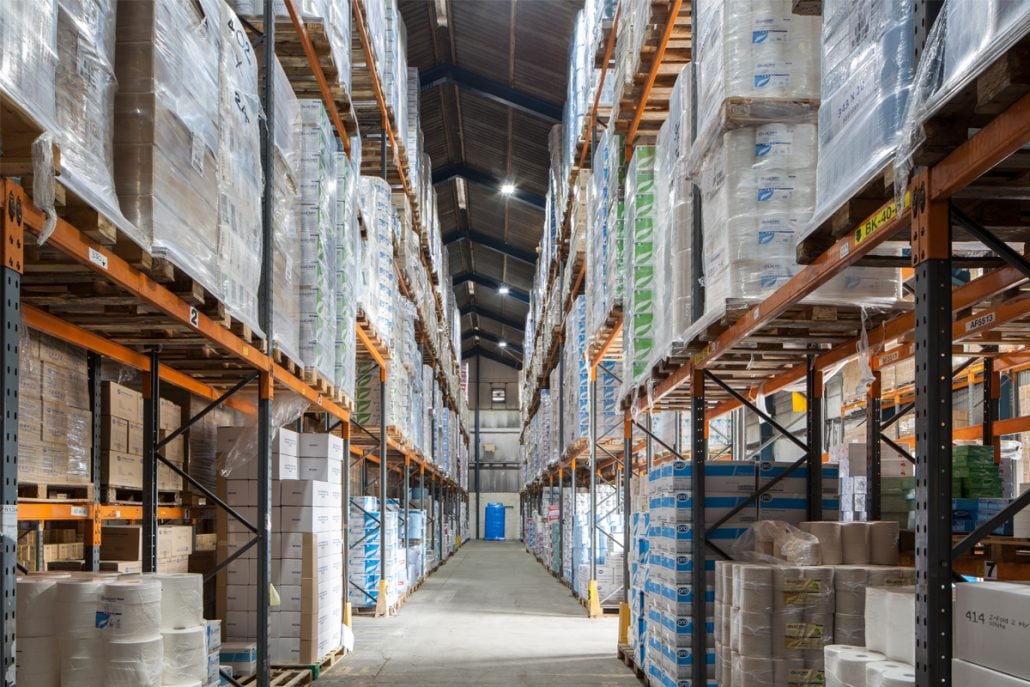
3. What Is the Difference Between High Bay and Low Bay Warehouse?
High-bay and low-bay warehouses have significant differences in various aspects, which affect their design, construction, and operations. Understanding these differences is crucial in determining the most suitable type of warehouse for specific business needs. Here’s an in-depth analysis of the main differences between these two types of warehouses:
Ceiling Height
The most fundamental and obvious difference between high-bay and low-bay warehouses is their ceiling height. Low-bay warehouses generally have ceiling heights between 3 to 8 metres. In contrast, high-bay warehouses have much higher ceiling heights, typically above 10 metres and can reach up to 50 metres or more.
The implications of this height difference are extensive. High-bay warehouses maximise the use of vertical space, allowing for storage of more goods in the same floor area. This makes high-bay warehouses ideal for locations where land is expensive or limited. Low-bay warehouses, on the other hand, focus more on efficient use of horizontal space and easier accessibility to stored goods.
Height also affects the structural aspects of the building. High-bay warehouses require stronger foundations and more complex structures to support greater vertical loads. Low-bay warehouses, while still requiring robust construction, generally have simpler structural requirements.
Activities
The types of activities carried out within the warehouse also differ greatly between high-bay and low-bay. High-bay warehouses are more suitable for long-term storage and in large quantities. They often use automated storage and retrieval systems (AS/RS) that allow for efficient inventory management at great heights.
Low-bay warehouses, on the other hand, are more suitable for operations that require quick and frequent access to inventory. They are ideal for businesses with high stock turnover, such as retail distribution or e-commerce. Activities such as order picking, packaging, and shipping are easier to perform in a low-bay environment.
In high-bay warehouses, goods movement often depends on specialized equipment such as cranes or high-reach forklifts. In low-bay warehouses, the use of standard forklifts or even manual picking is more common, providing greater flexibility in handling goods.
Lighting
The lighting aspect is very different between these two types of warehouses. High-bay warehouses require lighting systems specifically designed to reach extreme heights. This often involves the use of powerful high-intensity discharge (HID) or high-bay LED lights. The main challenge in high-bay warehouse lighting is ensuring even light distribution from top to bottom and avoiding shadows or dark areas.
Low-bay warehouses, with lower heights, allow for the use of more diverse and flexible lighting systems. Standard LEDs or fluorescent lamps are often used. Light distribution is easier to manage, and the use of task-specific lighting is easier to implement. This allows for more detailed lighting for specific work areas.
Energy efficiency also differs in the lighting aspect. High-bay warehouses may require more energy for adequate lighting, while low-bay warehouses can achieve effective lighting with lower energy consumption.
Additionally, the integration of natural lighting also differs. Low-bay warehouses are easier to utilize natural lighting through windows or skylights, which can significantly reduce the need for artificial lighting during the day.
Another significant difference is in terms of warehouse management systems (WMS) and technology used. High-bay warehouses often require more sophisticated WMS to manage inventory at various heights. They are also more likely to use advanced automation technologies such as robots and automated conveyors.
Low-bay warehouses, while also capable of using advanced WMS, are generally more flexible in the use of inventory management systems. They are easier to adapt to changes in warehouse processes or layout.
Construction and operational costs also differ greatly. High-bay warehouses require a much larger initial investment due to structural complexity and technology used. However, in the long run, they can offer higher operational efficiency per unit of floor area. Low-bay warehouses have lower construction costs but may require more land for equivalent storage capacity.
The safety aspect also has a different approach. High-bay warehouses require stricter safety procedures due to the risks associated with working at heights. Low-bay warehouses, while still requiring high safety standards, are generally considered safer because activities take place closer to the ground.
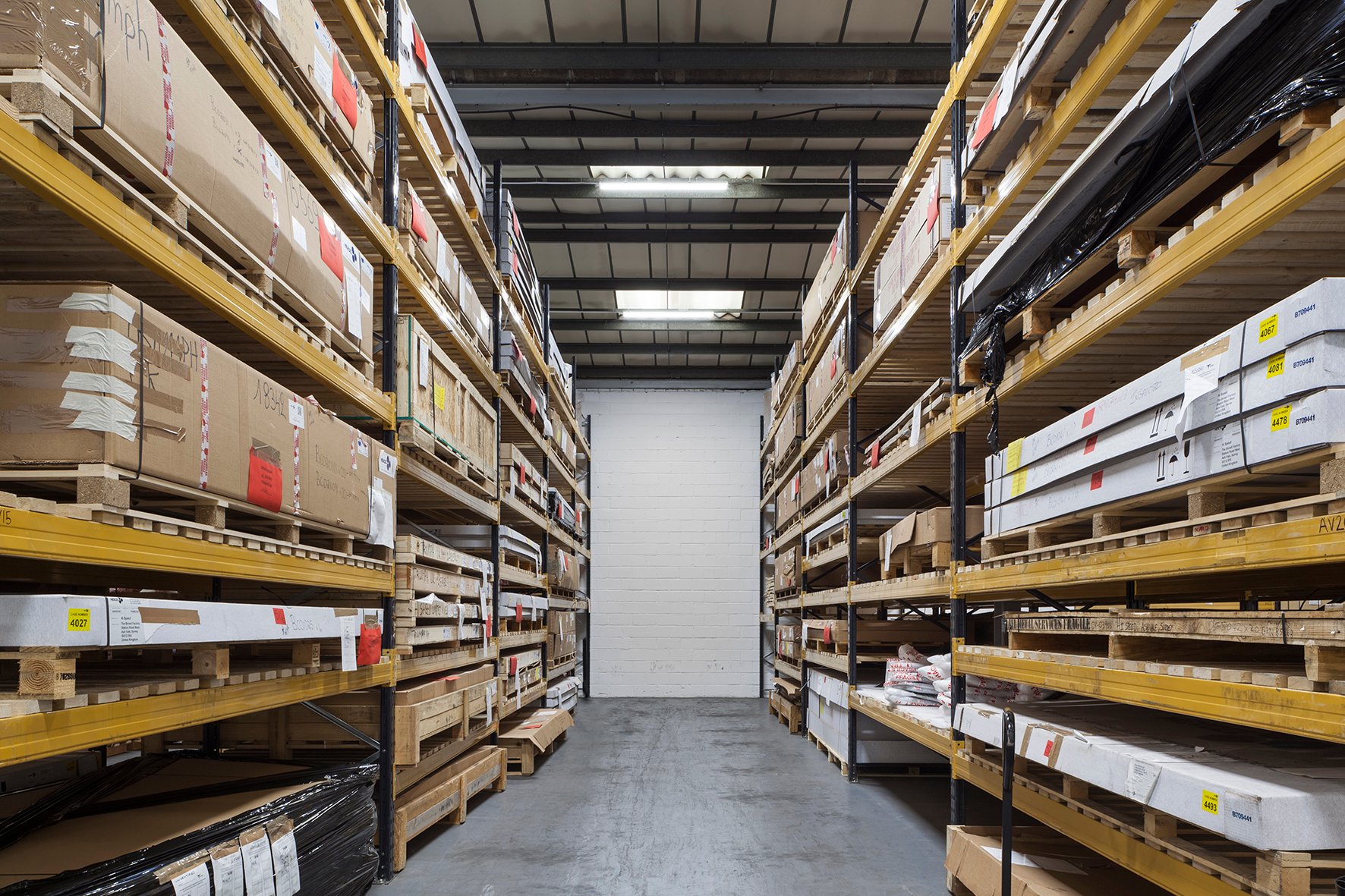
4. Conclusion
Choosing between high-bay and low-bay warehouses is a strategic decision that must be based on an in-depth analysis of specific business needs. Each type of warehouse has its own advantages and challenges that need to be considered.
Low-bay warehouses offer greater flexibility and accessibility, suitable for operations with high inventory turnover and quick access needs. They are also easier in terms of lighting and environmental management. On the other hand, high-bay warehouses excel in maximising vertical storage capacity, ideal for long-term storage and in large volumes.
Factors such as the type of products stored, frequency of access, land availability, and long-term budget must be carefully considered. Appropriate lighting technology and warehouse management systems can significantly improve the operational efficiency of both types of warehouses.
Ultimately, the decision between high-bay and low-bay warehouses must align with long-term business strategy and be able to adapt to changing needs in the future. With a good understanding of the characteristics of each type of warehouse, companies can make the right decision to optimise their storage and distribution operations.
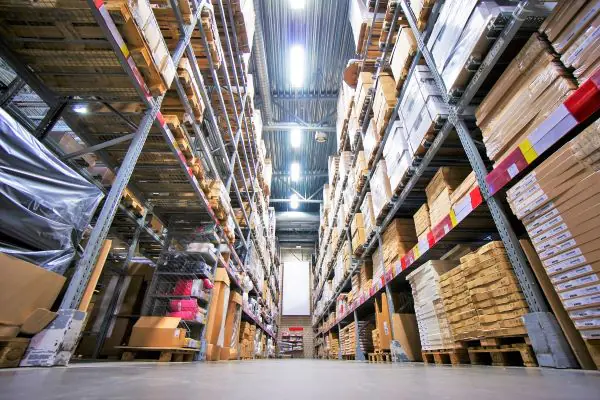
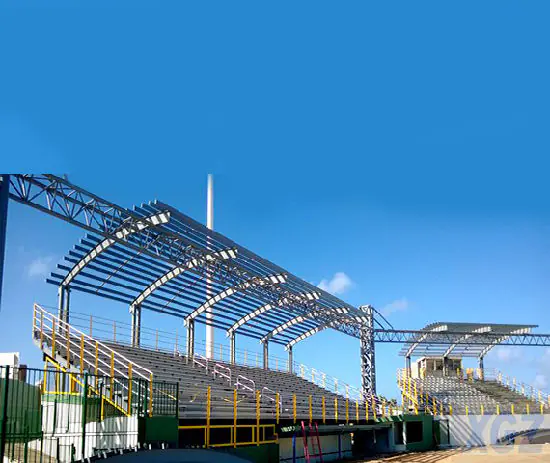
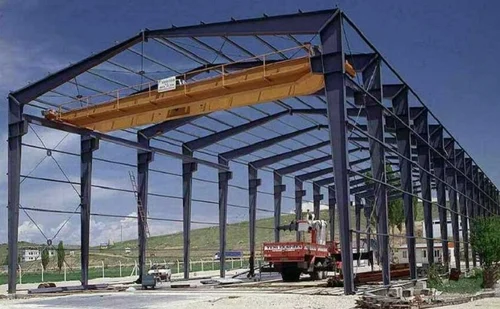
Post Comment